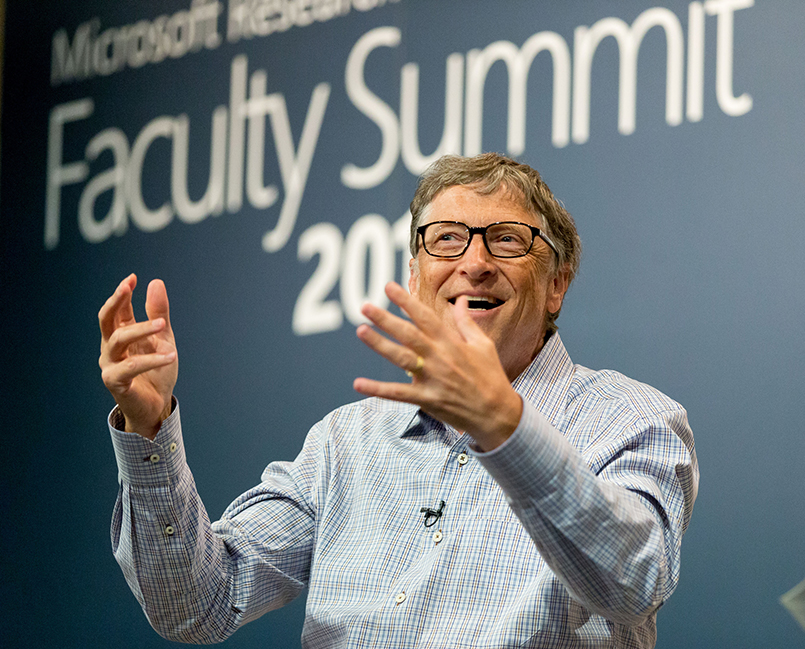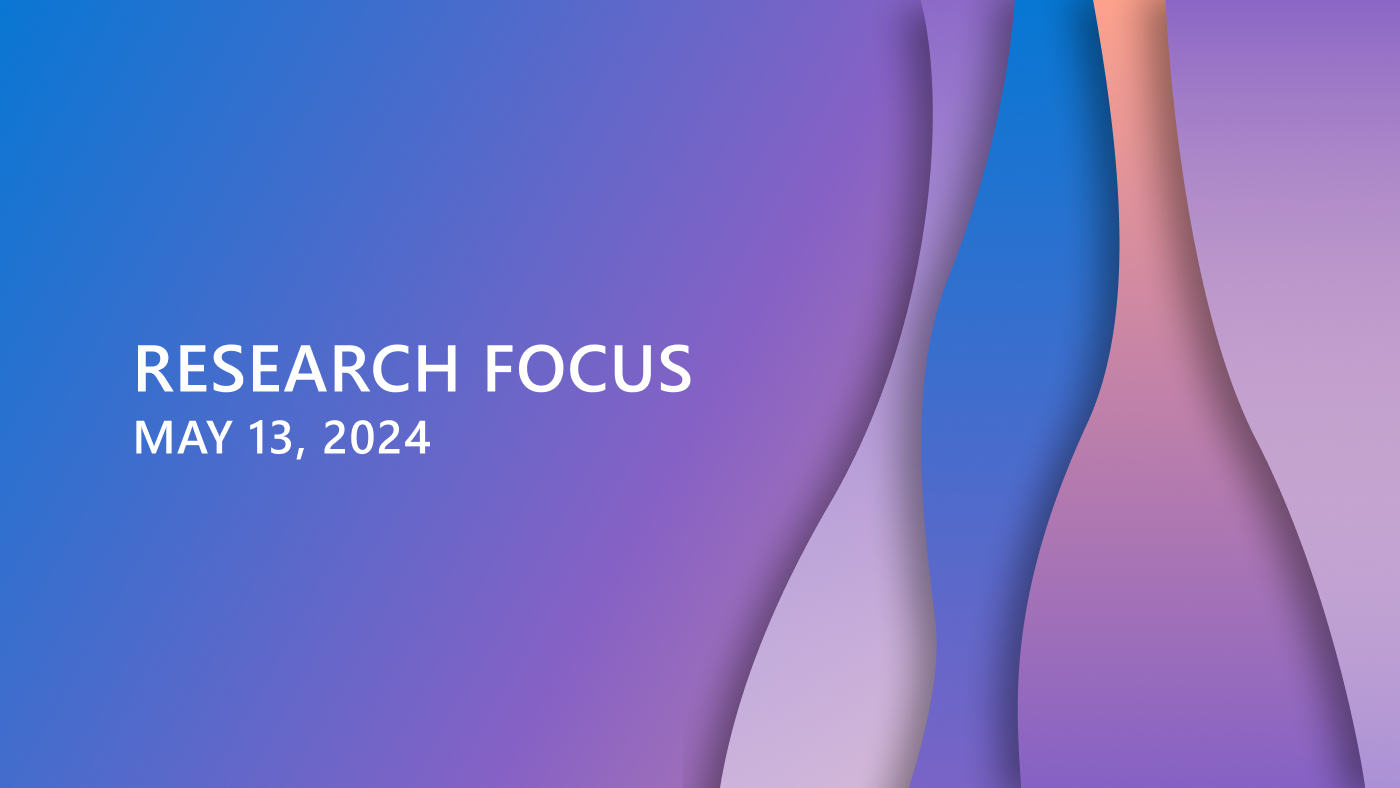By Allison Linn, Senior Writer, Microsoft

Bill Gates talks about Future Visions during a fireside chat at the 2016 Microsoft Research Faculty Summit on July 14, 2016. (Photography by Scott Eklund/Red Box Pictures)
Over the next 25 years, research scientists will use technology to better humanity, to make more sense of the world and to use our time more efficiently. We’ll disrupt some industries and invent others. We’ll produce technology that we didn’t even know we wanted – or needed.
Microsoft research podcast
Collaborators: Silica in space with Richard Black and Dexter Greene
College freshman Dexter Greene and Microsoft research manager Richard Black discuss how technology that stores data in glass is supporting students as they expand earlier efforts to communicate what it means to be human to extraterrestrials.
At a Microsoft gathering of top academic and research scientists (opens in new tab) in Redmond, Washington, last week, leading thinkers including Microsoft co-founder Bill Gates reflected on what computer scientists have accomplished in the last quarter century, and on what they expect to see in the next quarter century.
The annual Faculty Summit coincided with the 25th anniversary of Microsoft Research, which currently has about 1,000 research scientists and engineers in labs throughout the world (opens in new tab), working on their own and in collaboration with academic partners.
Related:
- Harry Shum announces MSR alumni network (opens in new tab)
- Microsoft’s Jeannette M. Wing: Basic research is the ‘foundation of American prosperity and progress’ (opens in new tab)
Allison Linn is a senior writer at Microsoft. Follow her on Twitter (opens in new tab).





